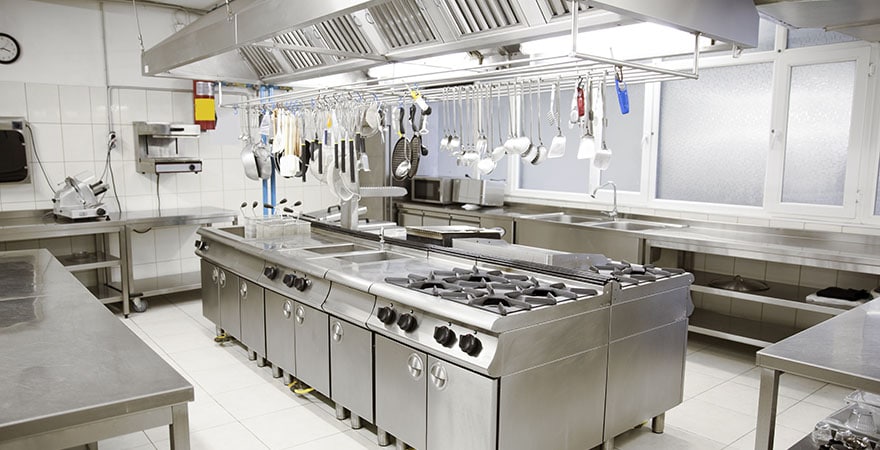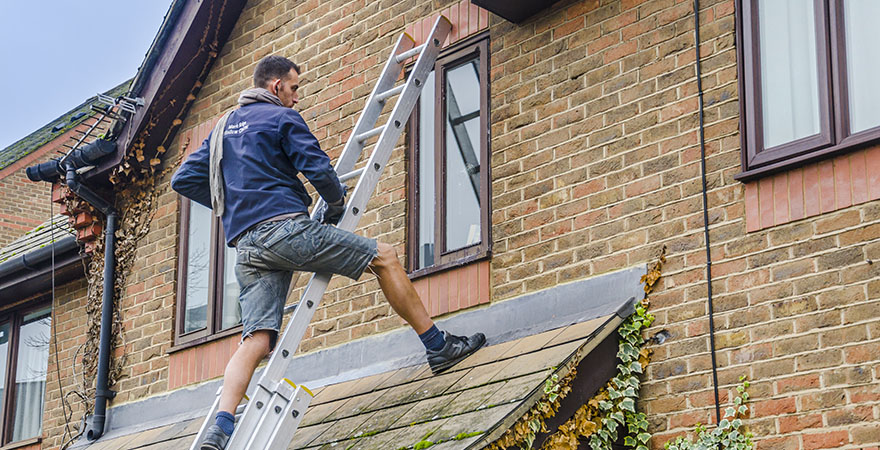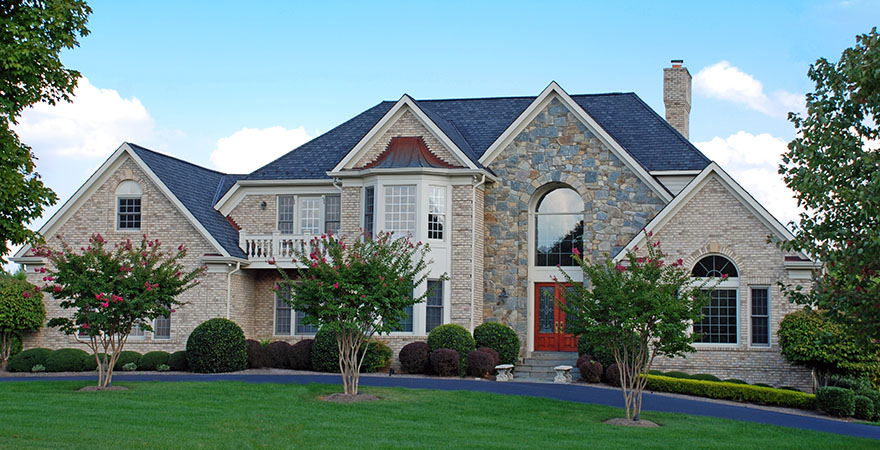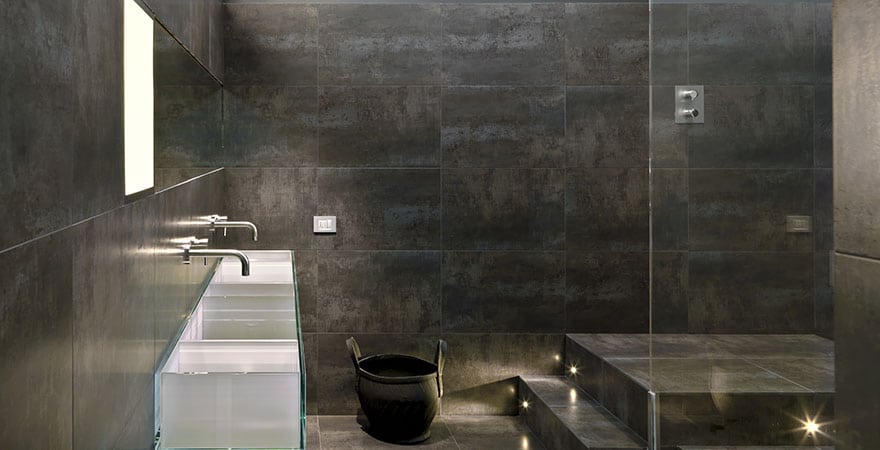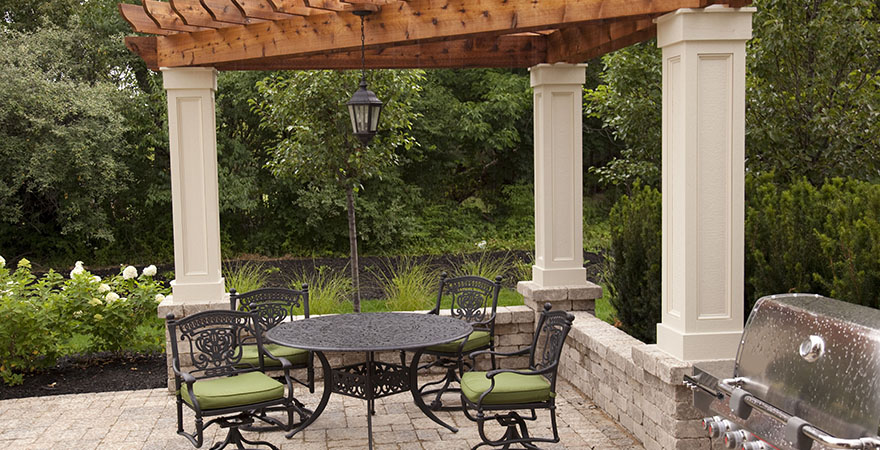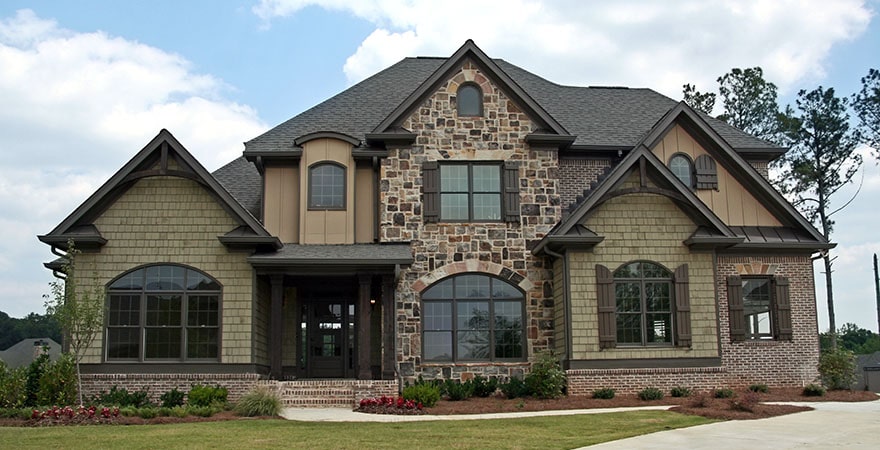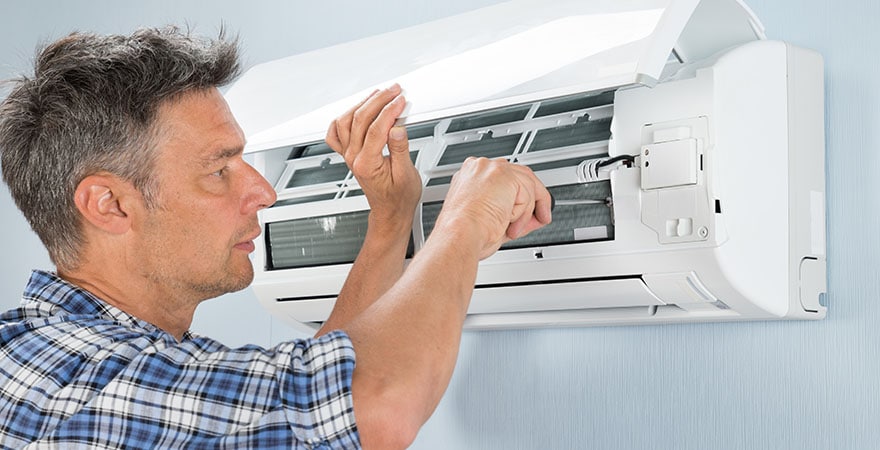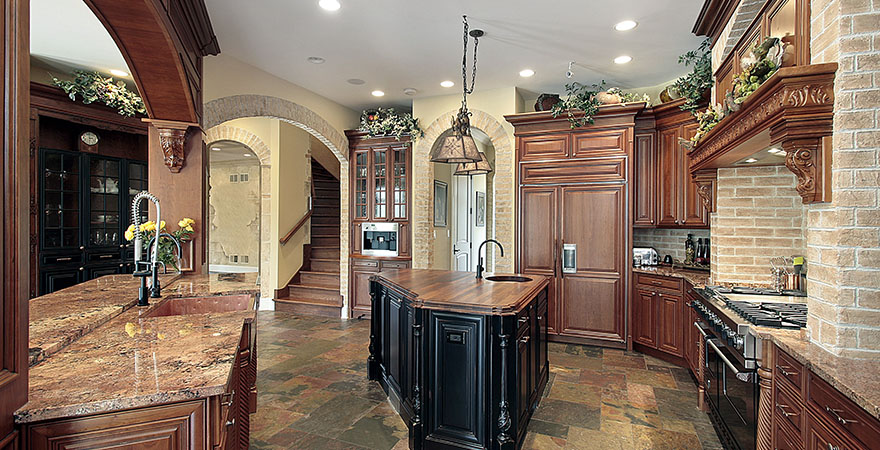Grease trap clogs are annoying and often make your restaurant unusable. For you to avoid the inconvenience and the high costs of hiring restaurant grease trap cleaning and repair professionals, you should properly maintain the unit. Unfortunately, many people do a number of mistakes that result to clogs.
How to deal with a clogged grease trap
When you have a clogged grease trap, the first thing you should do is to try and unclog it. Start with inspecting the unit for any foreign objects that might be there, and might cause a clog. If you see any, remove it immediately.
You also should pour water down the drains, with the hope of removing the clogging material. If you can’t find the clogging material, you should hire a professional who will help you with the unclogging.
The professional starts with inspecting the system for any issues and then carefully gets rid of the materials. for you to get the most from the contractor, ensure that you hire the right one. The contractor should not only be experienced; he/she should also be certified to work in the local area.
When many people are unable to get rid of the clogging material on the first trial, they try a number of things that often lead to more problems. Some of them pour solvents down the drains with the hope of dissolving the fats, oils and grease.
While some of the solvents might dissolve the fats and oils, thus clearing the clog, they often lead to hazardous chemicals in the city lines, which is illegal and punishable by heavy fines. This means that while you might unclog the lines, you will end up paying a lot of money to the city council.
Others insert hoses, pipes, and even wires into the grease trap with the hope of unclogging it. While this might still get rid of the clogging material, it often tends to lead to damage to the grease trap and you have to repair it.
Other crazy people try heating up the pipe in order to melt the hardened grease. As you might have guessed, this leads to damage to the pipes. It can also lead to fire in the event the oils and fat catch fire.
If you can’t find the obstructing material and you can’t get rid of the clog even after pouring water, you should simply hire a drain contractor to help you out.
Ways to avoid the clogs from coming about
After the grease trap professional has got rid of the clogging material, your objective should be to prevent the clogging from coming about in the future. Some of the things you should do include:
Undertaking regular grease trap cleaning: When grease trap cleaning is done by an expert, it greatly reduces the chances of a clog coming about. Signs that you should look out for to tell that your grease trap is ripe for cleaning include:
- Water slow to drain from the sink or floor drain
- Strong smell of burned oil or grease
- Presence of grease in the plumbing lines
Watch what you pour in the grease trap: Other than undertaking regular grease trap cleaning, the next thing you should do is to watch what you pour down the grease trap. From its name, the grease trap is designed to only handle grease and oils; therefore, when you allow any other material, you will be destroying it.
As a rule of thumb, you should prevent any food particles from getting into the trap. This is because they tend to attract mold that not only gives the restaurant a bad smell, it also tends to cause a clog that is difficult and expensive to get rid of.
Undertake regular inspections: Even when you aren’t looking to undertake grease trap cleaning, you should make a habit of inspecting the grease trap. You can do the inspection by yourself, but if you don’t have confidence in your skills, hire a grease trap cleaning services provider to help you out.
The frequency at which you inspect the trap depends on how frequently you use the grease trap. When inspecting it, be on the lookout for the grease trap flow restrictor, clogging outgoing line and any other thing that might spell trouble.

